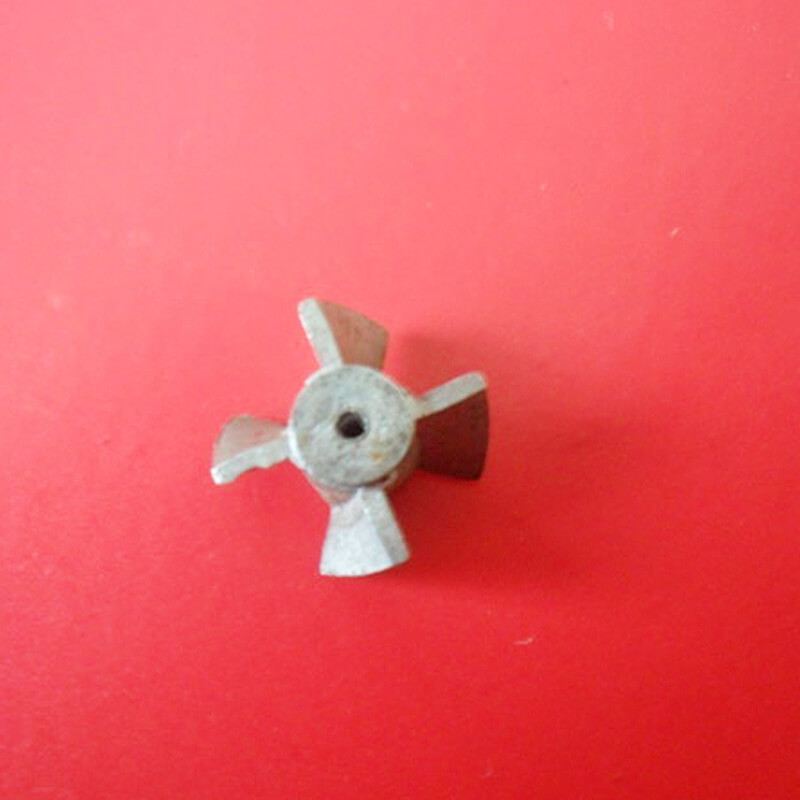Sintering is a heat treatment of powder or compact at a temperature lower than the melting point of the main component. The purpose is to produce a metallurgical bond between the powder particles, even if the powder particles transform from mechanical bonding to a grain boundary bond between atoms.
Requirements for compact sintering of powder metallurgy parts:
1. The accuracy requirements of size and shape. The size and shape accuracy of sintered parts, including surface roughness, must meet the design requirements. Sintering will cause the sintered body to shrink or expand, and due to uneven density distribution of the green compact and uneven furnace temperature, the sintered body will also deform. Therefore, the size and shape of the sintered product will change through sintering.Sintered Metal parts This requires strict control of the sintering conditions to ensure the size and shape accuracy of the sintered product.
2. Density requirements. In sintering, due to the occurrence of sintering between powder particles and shrinkage or expansion of the sintered product, the density, porosity, and voids of the sintered product, as well as the shape, change. Relative density and porosity characterize the density of powder metallurgy parts. As a self-lubricating powder metallurgy oil-impregnated bearing, there is also a requirement for communicating gaps.
3. Organizational requirements. Powder metallurgy parts are the same as other materials. Its intrinsic properties depend on the structure of the structure. The structure factors of powder metal parts are characterized by: grain size, phase structure, phase distribution, alloy composition distribution and porosity, pore size and porosity. shape. The formation and change of the structure of powder metallurgy parts mainly occur in the sintering process.
4. Requirements for mechanical properties and physical properties. The final sintered part must achieve the required mechanical and physical properties. Mechanical properties include strength, hardness, elongation and impact toughness, etc.; physical properties include density, electrical conductivity, thermal conductivity and magnetic properties.
The sintering of powder metallurgy parts is divided into solid phase sintering and liquid phase sintering. Solid-phase sintering is simply the sintering of metallurgical bonding between powder metallurgy particles, and liquid-phase sintering is the sintering of certain molecular particles in powder metallurgy that produce liquid at a temperature higher than the melting point. The sintering process of powder metallurgy compact parts can be divided into pre-sintering grease removal-high temperature sintering-cooling.

 English
English 简体中文
简体中文






